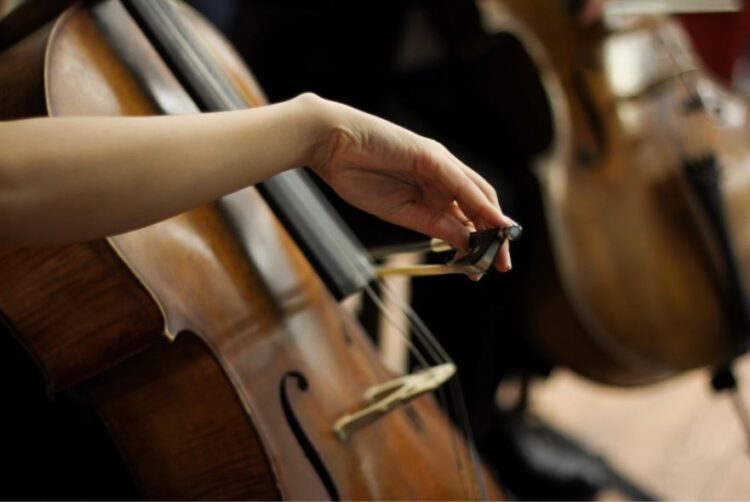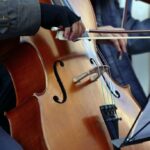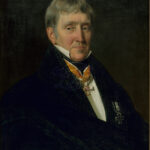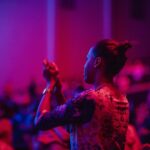It was customary to have annual concerts in Vienna benefiting the widows of the Tonkünstler-Societät (Society of Musicians). In 1795, Gassmann, who was the organizer of such events, announced the date for March 29 and 30.
The event would feature a vocal and an instrumental part. The vocal was a two parts oratorio by Antonio Cartellieri, titled Gioas, Re di Giuda. Cartellieri was a young man from Danzig, twenty-three at the time. He had come to Vienna from Berlin to learn operatic composition from Salieri, regarded then as the greatest in the field. The instrumental part was given to young Beethoven who prepared with a Concerto for Pianoforte and Orchestra (op. 19.).
Since the artistic director of these widow and orphan charity events was Salieri, it is tempting to think that he was a bit biased to promote his own two talented pupils (Beethoven also took lessons from Salieri.).
Beethoven was sick before the concert and was late with the scores. Wegeler (his friend) remembers the case, “Not until the afternoon of the second day before the concert did he write the rondo, and then while suffering from a pretty severe colic which frequently afflicted him. I [Wegeler] relieved him with simple remedies so far as I could. In the anteroom sat four copyists to whom he handed sheet after sheet as soon as it was finished…. At the first rehearsal, which took place the next day in Beethoven’s room, the pianoforte was found to be half a tone lower than the wind-instruments.”
After the first concert on the 29 of March, next day Beethoven took part in the second, as well. On this concert, according to the Society’s records, Beethoven improvised on the pianoforte.
A day after, another charity event was held, this time by the widow of Mozart. The concert was performed in the Burgtheater. According to the advertisement, as first part the La Clemenza di Tito was played, in the second Mr. Ludwig van Beethoven will play a Concerto of Mozart’s composition on the Pianoforte. There is no written evidence about the title this Concerto, but at the time Mozart’s D minor concerto was the favorite of Beethoven. For this he wrote more cadenzas.
Packed together in a three days marathon, these events were the first public appearances of young Beethoven in Vienna.







